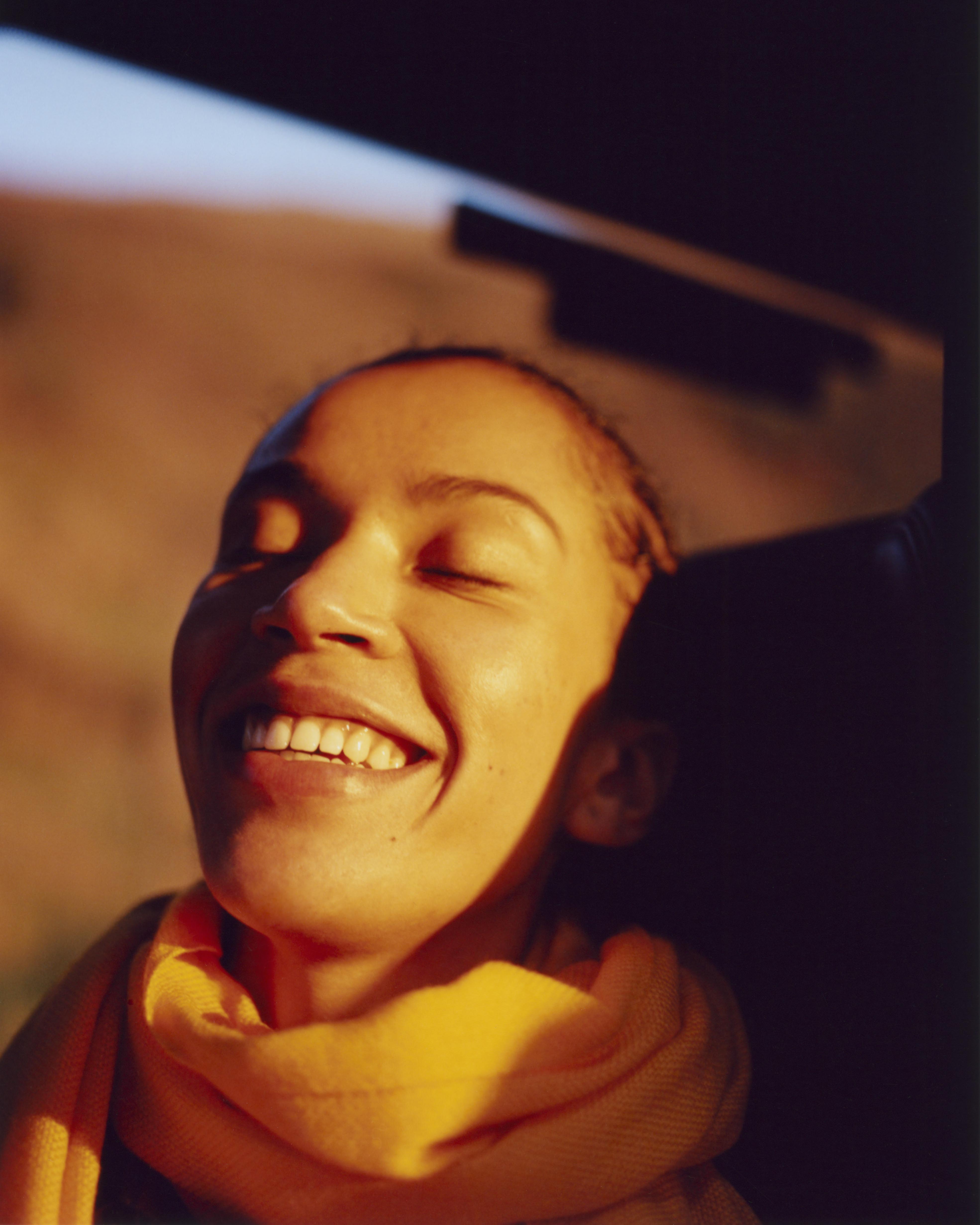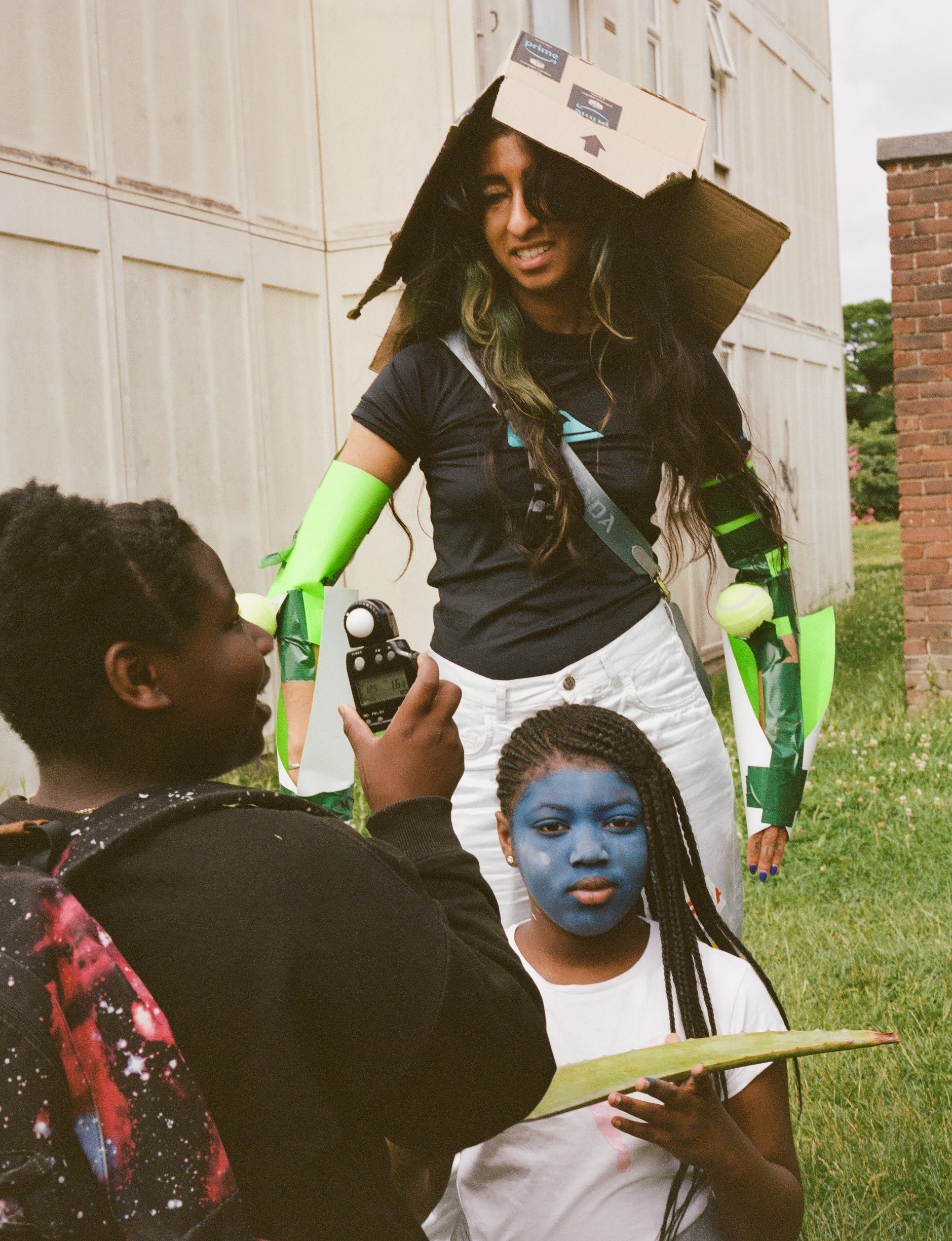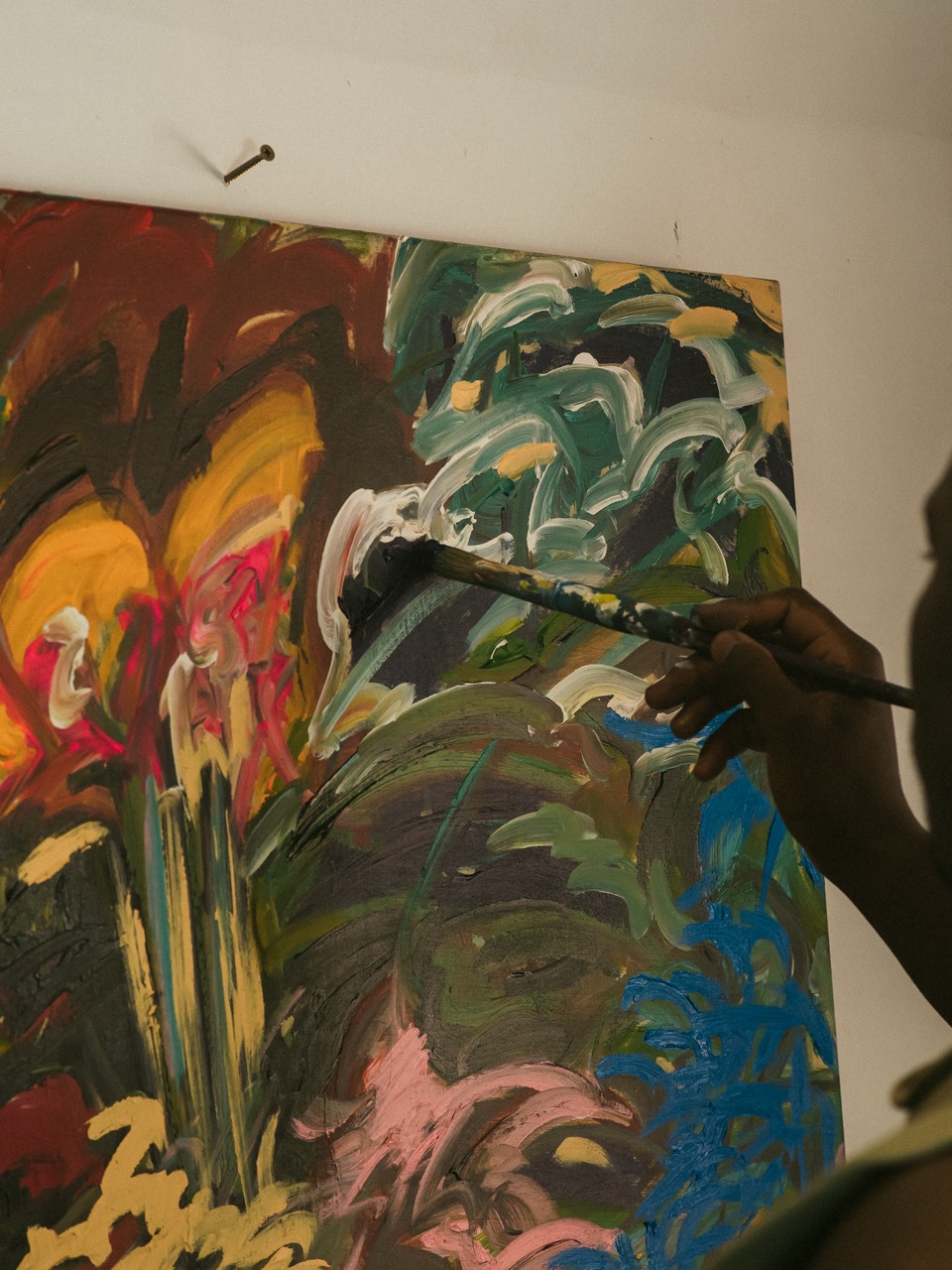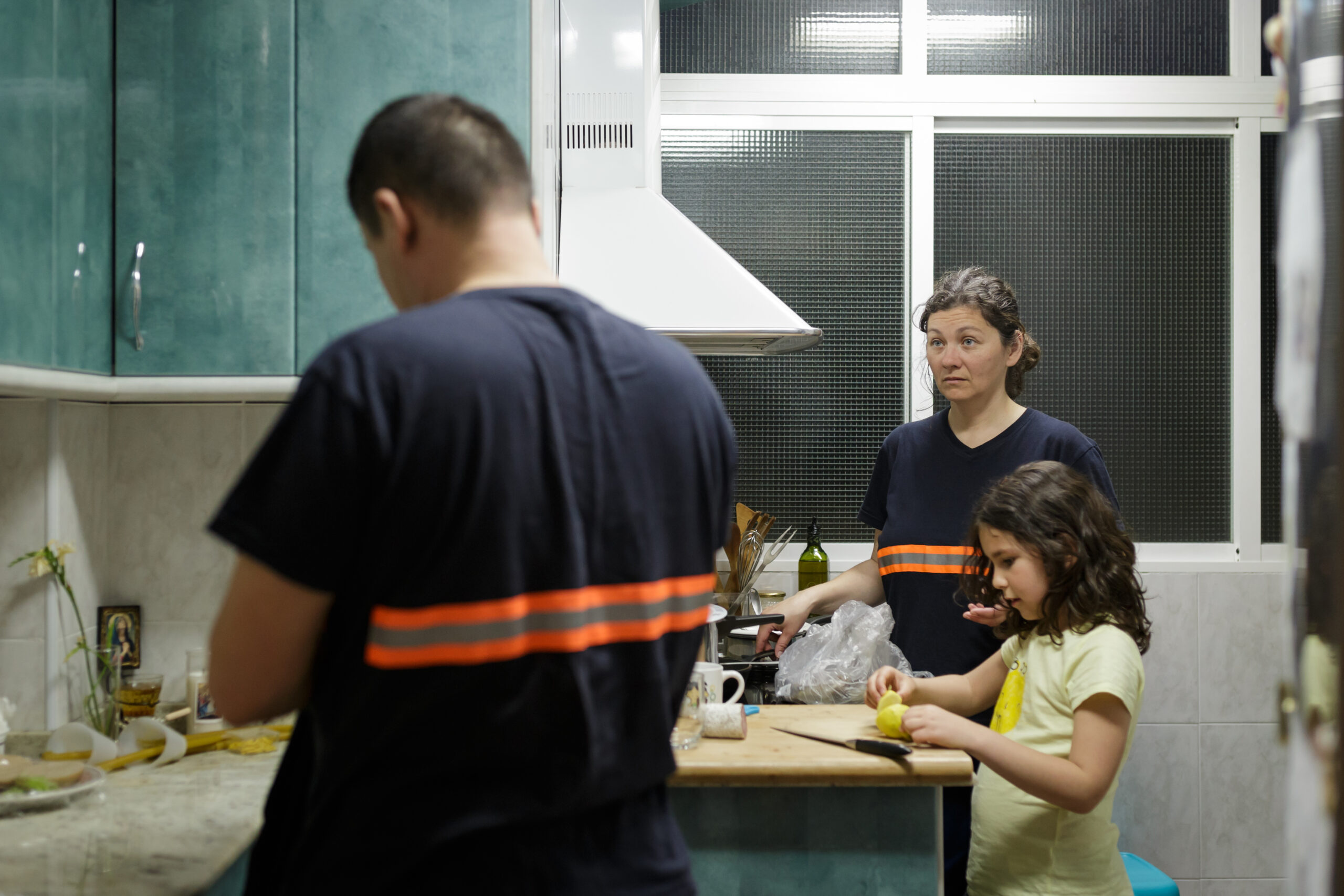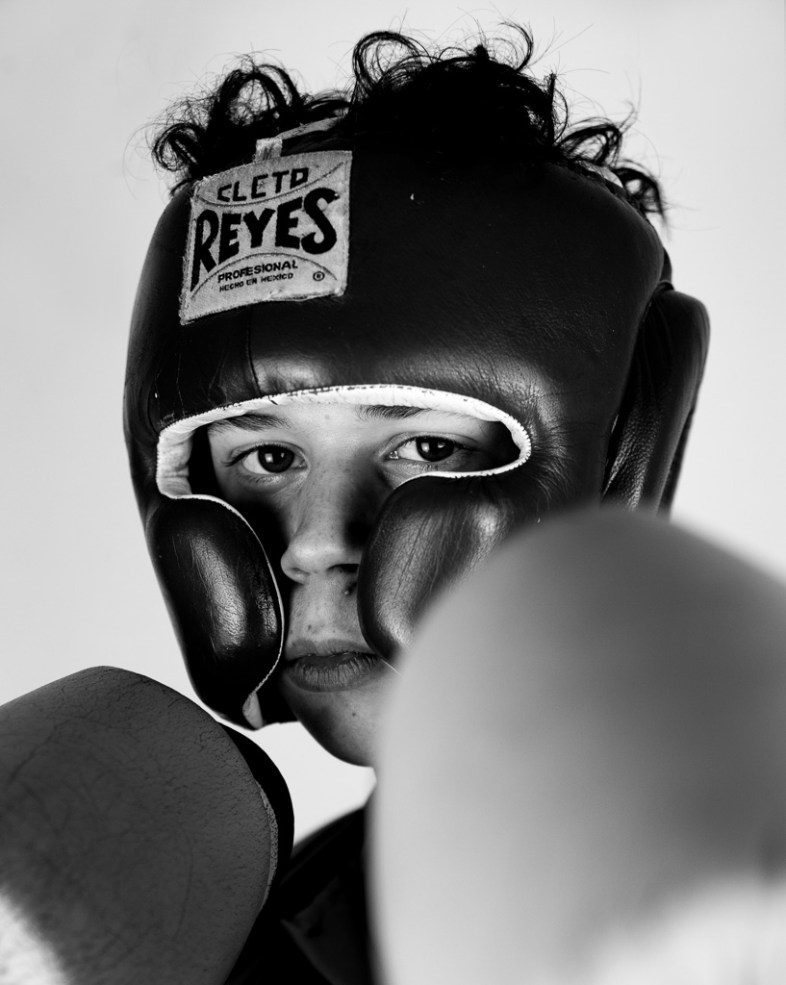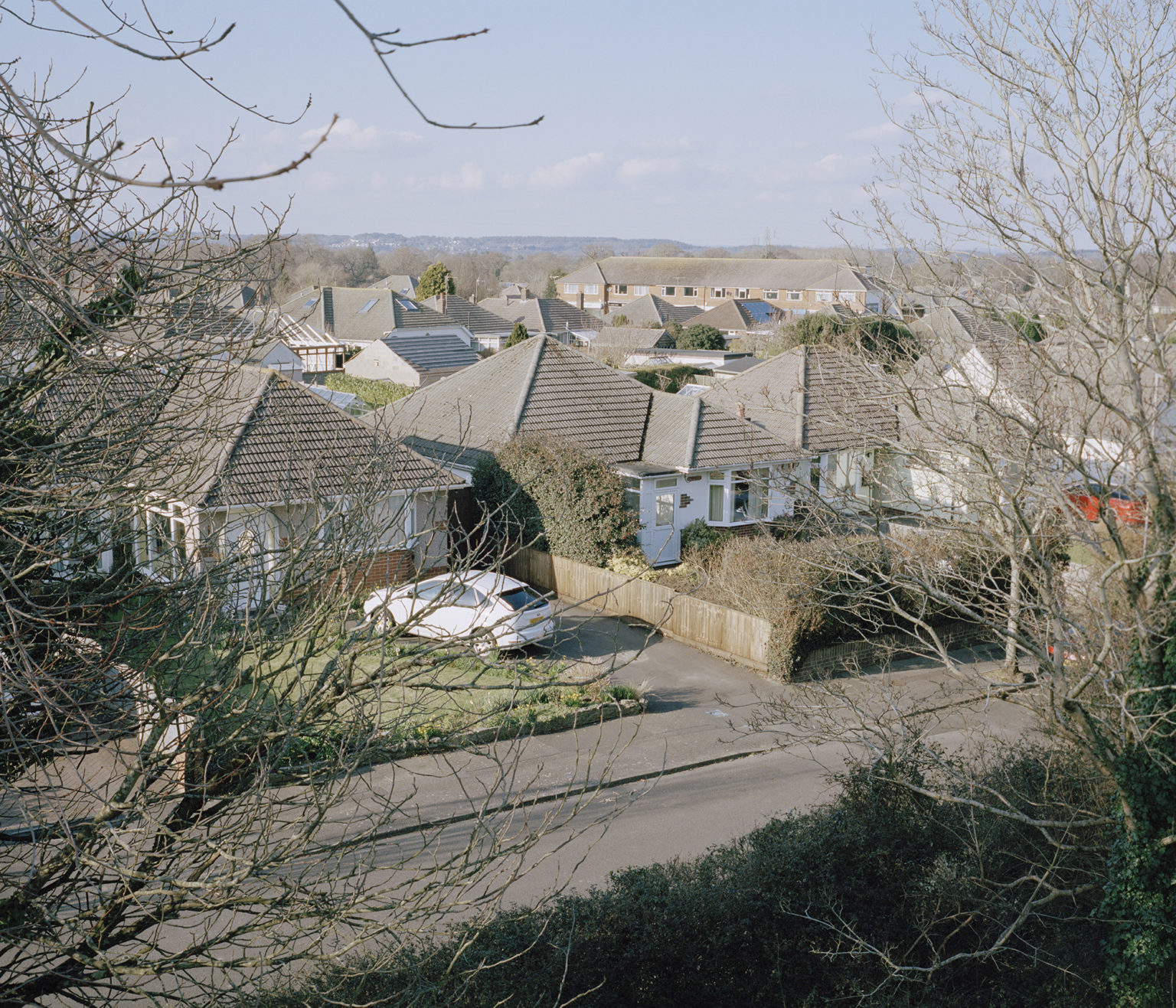Marc Wilson’s practice focuses on documenting memories and histories that are set in the landscapes that surround us. Working on two long-form projects over the past 8 years, Marc’s has been working on, ‘The Last Stand’ and is currently working on ‘A wounded landscape’. Daniel Dale had the pleasure of chatting to Marc about his practice, photo books and family.
JT: Hi Marc, could you give me a quick rundown of what you’re currently working on?
MW: Of course. I’m currently 3 and a half years into my long-term personal ‘project’, ‘ A Wounded Landscape’. It is due to be completed mid-late next year. I’m also just now starting another shorter piece of work that will be complete around the same time. And always working on particles about previous work ‘The Last Stand’. Added to that, of course, is my commercial work and of course family! I put ‘project’ in inverted commas because I still can’t find the right description for my personal work in that way. Should also add the new piece I am starting on has been commissioned. I’ve just completed a 23-day commercial job and on Saturday am heading to The South Pacific for 18 days to give some lectures and make some work. So fairly busy.
JT: It’s interesting you say that about the use of the word ‘project’, I read an interview with Gerry Johansson who casually mentions he hates the word project! So with all this travelling, commission work, and family going on, do you find your personal work a bit of a break? Something of a breather? (I’m assuming ‘A Wounded Landscape’ is funded mainly by yourself?)
MW: I can’t find a different word to describe it though…quite frustrating! The long-term ‘projects’ I work on are why I am a photographer. So rather than them being a break, having time to spend on them is the goal. I see the commercial work I do as fulfilling two roles. It pays my bills, etc and ‘buys’ me the time to spend on ‘projects’ (both personal and commissioned projects) although I see little difference between the two (personal and commissioned projects that is). Family time is hard. I’ll admit I really enjoy the traveling aspect and the making of ‘projects’ (I’m a photographer so there would be a problem if I didn’t) but I miss my family hugely whilst I’m away working.
Regarding funding, I used the money I made from book and print sales of The Last Stand to get A Wounded Landscape up and running but since then it has been funded. Initially by individual donations by people who saw the importance of the work and simply wanted me to make it, then later through a foundation that is allowing me to complete the work up to the final stages of all travel, photography, research, scanning, audio, etc. At that stage…February / March next year, it will then be made into a photobook and archive….and from then, I would hope exhibitions will follow. The type of ‘projects’ I do are incredibly intense and all-consuming, but I love doing them.

JT: You say about missing your family when you’re away, ‘A Wounded Landscape’ has family and generational aspects throughout so I can imagine your own family and background really stick at the forefront of your mind. Could you describe this work a bit more?
MW: Completely yes. Although not necessarily obvious during it’s making, the work contains direct and deeply traumatic stories of my own personal family histories. Whilst following both this and the other stories in the work, it is impossible to not constantly see my own family today [in the work], my 6 year old son, my wife, my brothers, sisters, mother, father, aunts, uncles, cousins. One of the stories is that of my great grandfather, my mother’s grandfather, and the family journey from Romania to the chimneys of Auschwitz, where 42 members of my family were murdered.
So the work [A Wounded Landscape] is a journey through the geography of The Holocaust / The Shoah based upon the stories of a small number of survivors and those murdered. I am visiting and making work at over 160 locations throughout Europe and the former Soviet Bloc. Following these stories, based upon my meetings with either the survivors themselves or their families (second and third generation survivors). The work is therefore made up of photographs, maps, documents, audio, stories and historical research. The photographs are a combination of landscape, documentary, portrait, and still life.
JT: It is without a doubt a very heavy subject that I’m sure there are many people who have stories of relatable weight that you won’t end up meeting. Do you think it helps you make this kind of work because you’ve got this family connection, over say your family never having anything to do with the Holocaust/Shoah and approaching it as ‘just a photographer’?
MW: It is almost impossible to answer that one as I can only go into it with the experience I have but that said, even without, that direct connection, as a photographer I am taking on the task of telling the stories of these individuals and their families. It becomes to me a great responsibility. I am with the stories they have told me when I am at the locations connected to them, so they are always at the front of my mind and ‘direct’ the photography to a point, combined with my own sensibilities as a photographer. I feel honoured that they are sharing their story with me and they have told me how happy they are that I am doing this, they thank me and that simply helps keep me going. I won’t say it does not / is not / has not affected me greatly. It does not seep into you but rather slams into you, mixes in with your thoughts and dreams and does not let go. I do not think they ever will. But that is my ‘job’ as a photographer…to tell these stories and histories, to show these places and record them in print, to deny the deniers, to try to remind people what can happen, or rather what will happen when things are left unchecked. Things that are still very much with us today, in both the same and different clothes.

JT: Very beautifully put, and it’s amazing to hear your passion for this work and the stories you’re telling.
I wanted to ask you about your process to the actual images. There is clearly a burden exerted in doing work such as this, and in the past I’ve discussed with various people the act of photographing ‘death’ (in various contexts), do you tend to feel yourself slow down and approach the photo with more respect? Contemplate every aspect of the image in the moment rather than after?
MW: Very much yes but I’ve always tried to work in that way. I like to ‘see’ without my camera first, to see the space and what I am photographing and then to make the picture. Although there are some places where I am finding myself ‘needing’ to photograph as I see things for the first time…although I have imagined these places already based on the stories in my head…both the places and the events. The slow way of working is very easy when I use a large format camera (as I did for The Last Stand) but in this work I have been using a combination of formats and both tripod and handheld so it takes more of an effort to slow down, as it is not being forced upon me necessarily by the equipment I am using. So I have to work it a bit more. There are occasions though, in complete contrast that I find myself photographing rather maniacally, as that is what the location or circumstances have driven me to do.
JT: I’ve always tried to slow down myself and assess the location/situation as much as possible. But you’re right, sometimes rattling off a handful of frames is suited, it’s fascinating how as observers we can be controlled by the landscape surrounding us. Maybe it’s a credit to a photographer who can adapt their approach! Looking through the work on your website, they hold a morbid quality in their silence, but it’s the captions that really speak and anchor them, how important are they to the project?
MW: They play a big role. The knowledge behind the image is a really important factor in it’s reading. People might have knowledge of the histories, stories, places, or it might be an unknown to them, but I am under no illusion that without some knowledge of what a place is, or what happened here, or the story connected to it, or the history surrounding it the reading of the images in this work will not have as much impact. I try, as you point out, to create images that hold a visual fascination and will both individually and as a series hint at what is contained there, but yes it is the bit of knowledge that will allow a fuller reading of the image and so a greater understanding. The whole point to me for making such work is to promote thought and discussion so if text can spark, or add to, that is a positive aspect. The whole work will also combine audio, maps, and documents alongside the photographs. The different formats of presentation will of course allow for different aspects to be used. I think each layer of the work only adds to its potential power and reach. The ‘design’ of any book, archive, exhibition will, of course, play a huge role in this.

JT: I’m a great believer that a ‘project’ exists as a malleable product to be used as a book/exhibition, and that each iteration is as important and different in its ‘voice’. Do you have a preference for ‘A Wounded Landscape’, a format you think it will be strongest in?
MW: I love photo books as they allow the reader an intimate experience, and one they can pore over, take their time, revisit, etc. That said the book will not allow for the audio so there an exhibition will come into its own, allowing for both print and projection, text and audio. And again the archive could work well as it will allow for interactivity as well as image, text and sound. The book is what I am thinking about first, potentially alongside, in terms of timing, the archive. Depending on what happens, exhibitions I think will need to come from it. So with the book I am looking to find a publisher I can really collaborate with both in terms of design and potential content. There is a huge amount of potential content so editing will also play a huge role in all formats, a different edit for each.
JT: The thought and differing edit for each format just means people will have to experience both. A fuller understanding just like your use of captions. I believe I have one more (fairly standard) question, with such a long term project do you find social media helpful in keeping people informed?
MW: Yes and no. It helps people know what you’re up to but at the same time I think people probably get bored and think ‘God is he still doing that?’ I don’t think I’m that ‘good’ at social media. I should probably play the game a bit better, only show images directly from the work, or only travelogue IPhone shots, or only this, or only that, etc. It is good though for keeping people in touch with where I am, and bringing up older work once in a while such as The Last Stand, selling some books and prints now and again. I also post the hotel rooms I’ve stayed in whilst making the work and that seems quite popular. To be honest it’s quite a good tool to simply get away from what I’ve seen that day, what is in my mind. I’ve a good number of followers but not much interaction with individual posts so if anyone wants to tell me where I’m going wrong please feel free…though I’m not sure I have time to fix it…I’m too busy making work.


